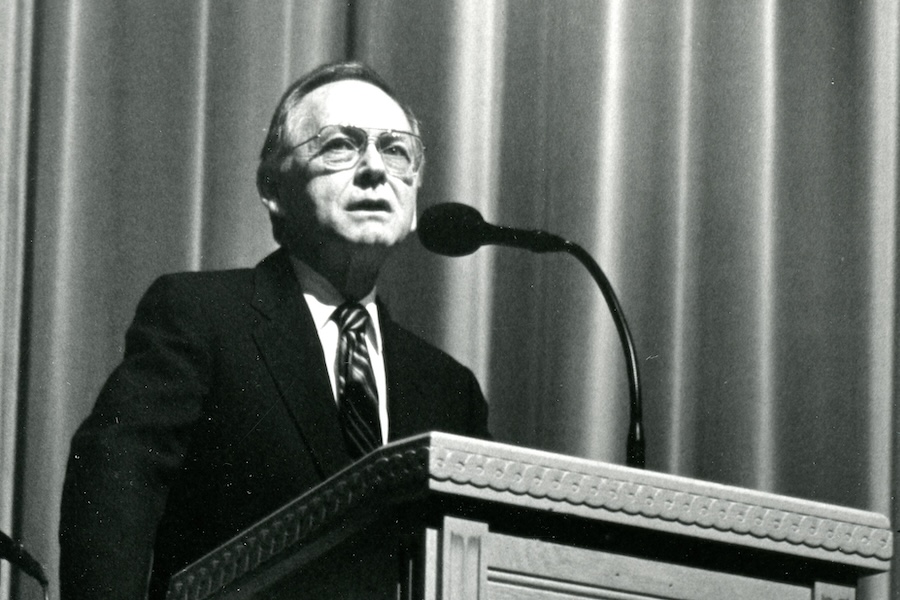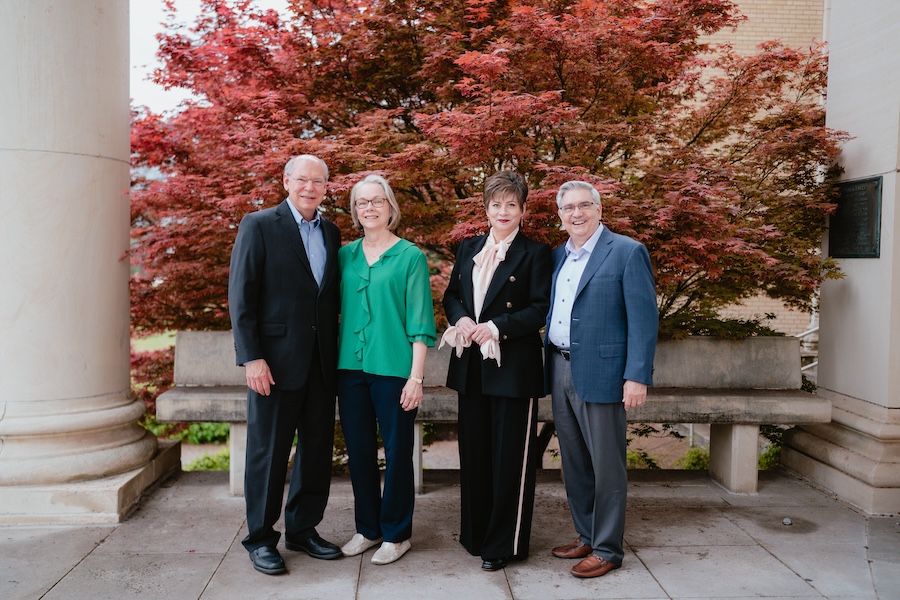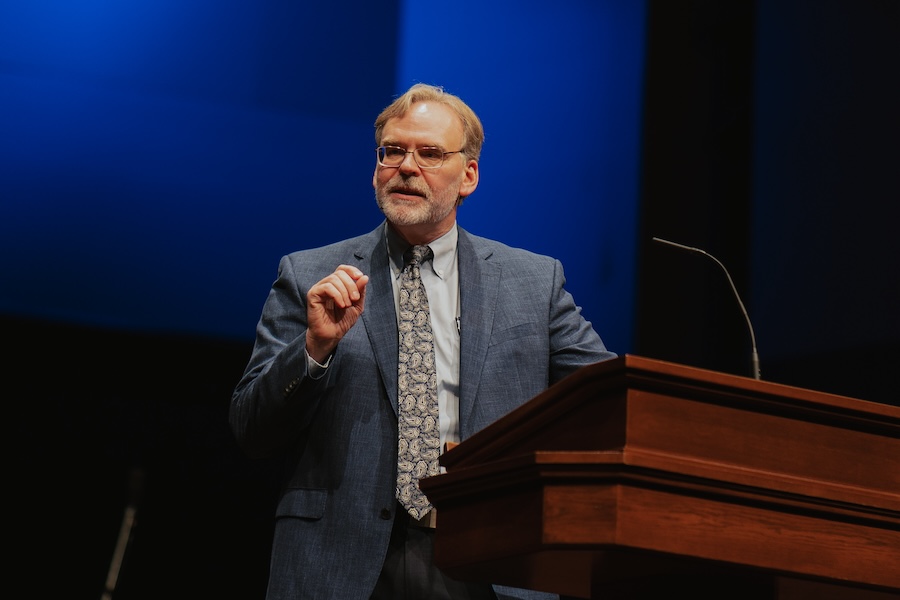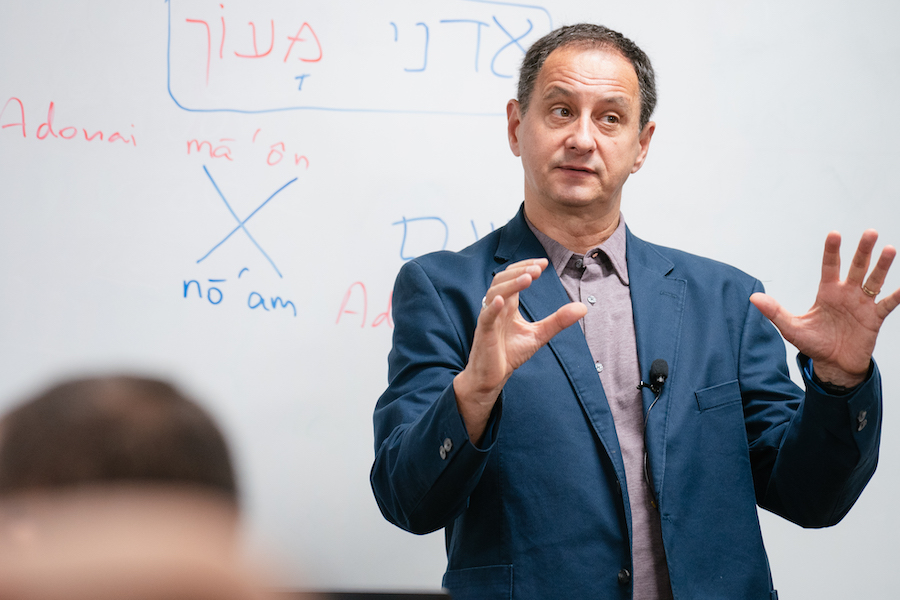Reflections on God’s work at Asbury University
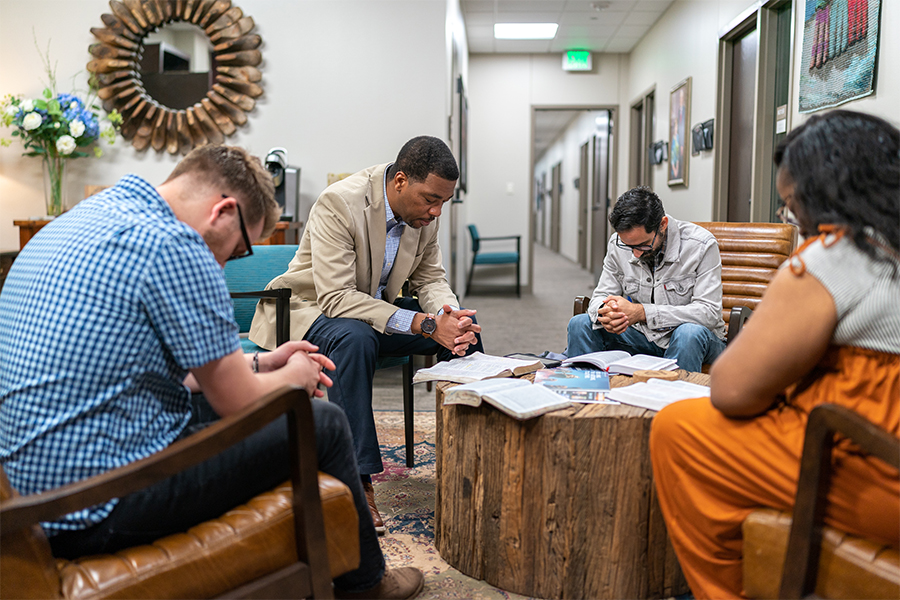
Dan R. Crawford, senior professor of evangelism and missions and chair of prayer emeritus, provides reflections on the current revival at Asbury University in Wilmore, Kentucky. This post was originally published on Crawford’s Facebook page on Feb. 17, 2023. It is published with permission.
Because friends have asked for my opinion, among them, former Southwestern Baptist Theological Seminary students of mine who studied and participated in revival meetings with me, I have written the following related to the current “revival” at Asbury University and beyond.
The “revival” at Asbury University in Wilmore, Kentucky, which began after chapel on February 8, 2023, is now into multiple days with non-stop activity in the 1500-seat Hughes Auditorium on campus as well as Estes Chapel on the adjacent Asbury Theological Seminary campus and other auditoriums in the area. It has reportedly spread to other universities, seminaries, and towns.
I was the Baptist Campus Minister and Bible instructor at Pan American University, now the University of Texas at Rio Grande Valley, in 1970 when the last nationwide “revival” began at Asbury and swept the country. Labeled by the media as “The Jesus Revolution,” the movement had simultaneously begun on the west coast among young people labeled, “Jesus People.” I had a personal experience with this movement as it came to our campus and area. Many churches who were trying to understand it called on me to speak. As I spoke, often there would be a repeat of activity experienced at Asbury – confession, testimony, praise, prayer, worship. At a meeting a few years ago of America’s National Prayer Committee, I was privileged to hear and meet Jeannine Brabon, a missionary in Columbia, who was one of the student leaders of the 1970 Asbury meetings. Her testimony confirmed my own feelings about what actually happened at Asbury and beyond.
I was also in Truett Auditorium at Southwestern Seminary on Wednesday, March 1, 1995, when a “mini-revival” occurred in chapel. While earlier expressions of it had occurred in Brownwood, Texas, and at Howard Payne University, it began in Fort Worth at 10:00 a.m. and was still going on at 5:00 p.m. when the campus security came in and announced all the campus buildings were being closed and locked, because, after all, it was Wednesday and we had to go to prayer meetings at our various churches. Strangely enough, as students, staff, and faculty shared the events of the day in their churches that evening, similar events of repentance, prayer, testimony, praise, and worship repeated themselves. If the 1970 Asbury experience could be described as “showers of blessing,” the 1995 experience would be described as “mercy drops,” but for those involved, it was significant, and it was spreading. My personal experience in 1995 was similar to my experience in 1970. I even wrote a chapter titled, “The Emerging Movement” in the book, Revival, by Malcolm McDow, John Avant, and Alvin Reid.
For twenty-two years, one of my assignments on the faculty of Southwestern Seminary was to recruit, train, assign, and send, want-a-be preachers to preach revival meetings in small churches located outside of the Bible Belt during our spring break. We began each semester on our knees, used Richard Owen Roberts’s definition of revival in his 1983 publication of the same name – “an extraordinary movement of the Holy Spirit producing extraordinary results,” and each class ended in a season of prayer for revival. I spent one class period lecturing on revival and revival meeting (there is a difference), in which I shared my own experiences with both the 1970 and the 1995 versions of “revival.” What I said then, in regard to those two “revivals,” is what I say today in regard to the latest Asbury and beyond experiences, and while God is not a copy machine, these observations may serve as checkpoints for what many consider genuine, heaven-sent revival.
With a class lecture titled, “Ten Observable Characteristics of the Revival Movements of the early 1970s and the mid-1990s,” I observed the following similarities: (1) Both revival movements were preceded by intense prayer for revival; (2) Both were marked by public confession of sin and requests for prayer; (3) Neither made it into the mainline churches, thus (since both involved university students) suffered at the hands of the academic calendar; (4) Both began among the young and were largely resisted by many older adults; (5) Both resulted in believers seeking a return to holiness and spiritual depth; (6) Both resulted in many conversions as believers caught a fresh zeal for sharing their faith; (7) While both were preceded by preaching, neither was uniquely marked by preaching, but by personal testimony and prayer; (8) Neither began as isolated incidents but both had multiple starting locations; (9) Both were relatively short-lived as believers practiced poor stewardship of God’s renewing act; and (10) Both began among individuals who were seeking a closer relationship with the Lord and were submissive to being used as instruments of revival. In retrospect, I have observed that in many places where testimony was shared by one or more who had experienced revival, the experiences were repeated by listeners.
Gamaliel was perhaps the smartest man of his day. He was Paul’s teacher. As the new disciple movement began to sweep the world of that day (Acts 5), Gamaliel was asked about how to react to it. His advice was good then. It was good in 1970 and again in 1995. It is good today. Concerning those who were experiencing and leading the movement of that day, Gamaliel said, “leave them alone, for if the source of this plan or movement is men, it will be overthrown; but if the source is God, you will not be able to overthrow them; or else you may even be found fighting against God” (Acts 5:38-39, NASB).
In regard to Asbury 2023, pray, support, participate as is possible, and do not fight against God.
